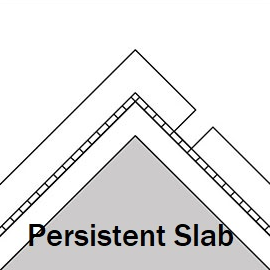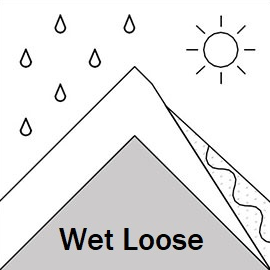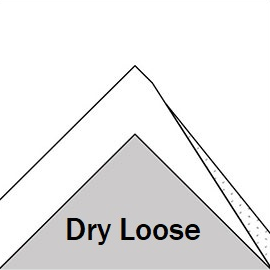Gudauri
Natural avalanches are unlikely, human-triggered avalanches are possible. Small avalanches in specific areas, or large avalanches in isolated areas.
There's the possibility of large avalanches being started by collapsing layers deep in the snowpack, so please check the snow and plan your route carefully. Some recent new snow can form small surface slides. As the sun comes out and temperatures rise, loose surface snow will begin to move. Please support this forecast service - share our posts, visit the links on our Facebook page, get in touch to join and help out, or book an avalanche course!
Forecast issued at: 26 January 2025 13:30
Forecast valid until: 31 January 2025 13:30
Forecaster: Manu Greer
High Alpine
> 2600m
2 Moderate
Heightened avalanche conditions on specific terrain features. Evaluate snow and terrain carefully; identify features of concern.
Alpine
2000m - 2600m
2 Moderate
Heightened avalanche conditions on specific terrain features. Evaluate snow and terrain carefully; identify features of concern.
Sub Alpine
< 2000m
1 Low
Generally safe avalanche conditions. Watch for unstable snow on isolated terrain features.
Avalanche Problems
Persistent Slab

In most places in the high alpine, and shadier places in the alpine zone, layers of weak snow can be found at the base and middle of the snowpack. Sudden collapses of these layers caused by a rider's weight could trigger large avalanches on slopes of more than 30 degrees. Dig somewhere representative of the slope you want to ride before you drop in to see if you can find these weaknesses.
| Sensitivity | The specific avalanche problem type is difficult to trigger with a human rider. |
| Distribution | A few, isolated locations; evidence for instabilities is rare and hard to find. |
| Time of Day | All day |
| Trend | No change |
| Confidence | Moderate |
Loose Wet

In the middle of the day and into the afternoon, snow on sunny slopes is likely to move, starting near rocks. These slides start small but can pick up quite a bit of snow on the way down.
| Sensitivity | The specific avalanche problem type is reactive to human rider triggers. Easy to trigger with ski cut. |
| Distribution | Specific areas, with common characteristics. Evidence for instabilities exists, but it is not obvious and finding it requires careful observations. |
| Time of Day | Afternoon |
| Trend | Deteriorating |
| Confidence | High |
Loose Dry

Starting on most aspects in the high alpine, loose new surface snow could form small avalanches in steep areas. After a day or two, these will onlly be found on the N 1/4.
| Sensitivity | The specific avalanche problem type is reactive to human rider triggers. Easy to trigger with ski cut. |
| Distribution | Many locations. Evidence for instabilities is frequently found, in many locations. |
| Time of Day | All day |
| Trend | Improving |
| Confidence | High |
Recent Avalanches and Snowpack
No new avalanches reported or observed in the last few days.
Early-season snow forms a weak, sugary base layer in many places above 2500m. It can be found on all aspects but is worse on the N 1/2. Whumphing has been reported at high elevations (above 3000m). In some exposed areas, very strong old wind slabs can be found in the snowpack, with weak snow and surface hoar layers seen above them. Newer windslabs exist on the S 1/4 caused by N winds a few days ago. Relatively cold temperatures have been weakening surface layers. A few cms of new snow has fallen on Sunday 26th without much wind.
Weather
A mostly fine and sunny week coming up, with daytime temperatures rising above freezing in the middle of the week. Light winds.
Disclaimer
Our avalanche forecasters are internationally qualified and experienced professionals, and data is provided by skilled observers. We encourage you to make your own observations and decisions, without relying solely on our forecast, since any forecast is a generalised 'best guess', and in certain cases it might be inaccurate. We can not be held liable for any actions you take in the backcountry that may result in injury, loss or death.